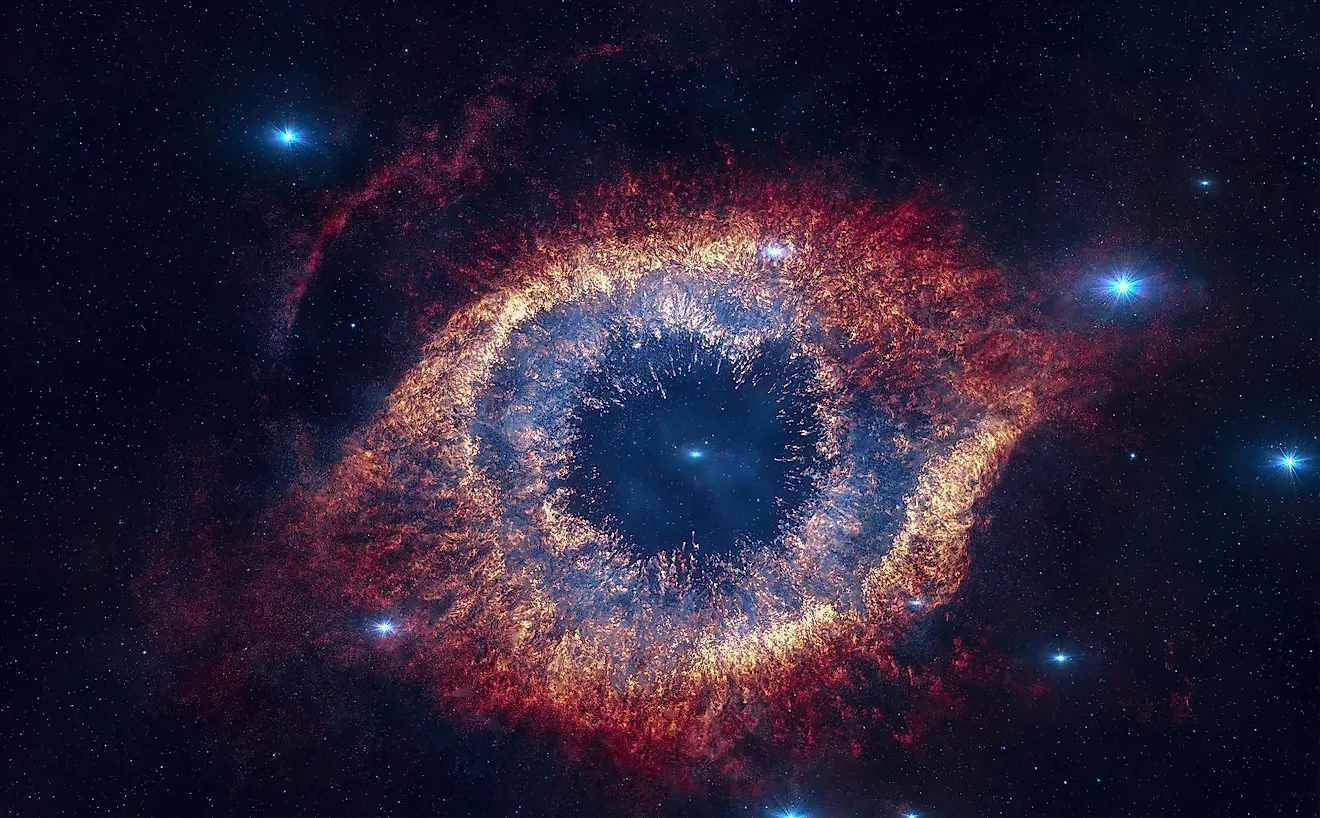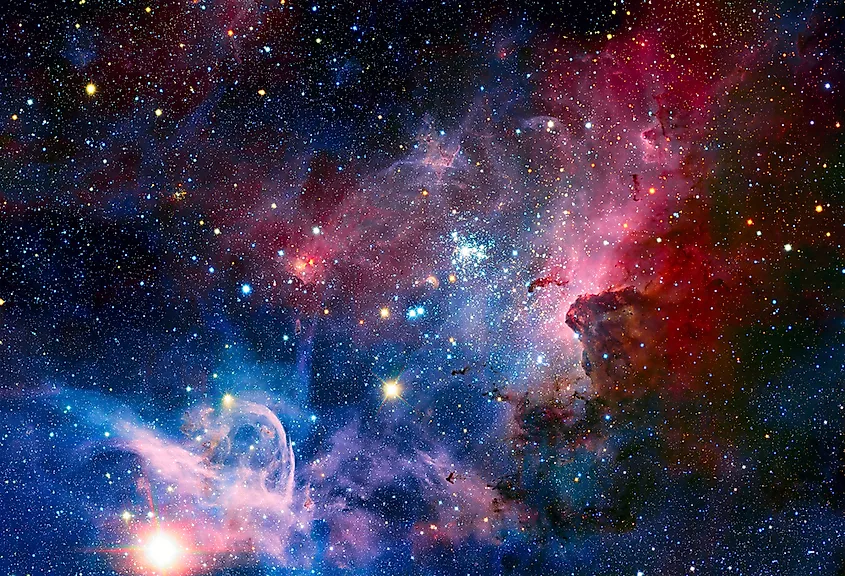What Is A Star Nursery?

Galaxies contain huge clouds of dust and gas. Sometimes those clouds of gas become so large that their own gravity makes them crash in on themselves. Somewhere inside the center of those clouds, through the process of fusion, stars are born. Their temperature rises to ten million degrees Celsius, and their life sparks.
Like humans, stars are also born at a certain time and place, and their birthplaces are what astronomers call nebulae or star nurseries. The name nebulae came from Latin, and it translates to English as "cloud." The nebulae do resemble a cloud, because of how they appear to us at night. Have you ever heard of Orion? It is the most famous of all the nebulae, and you can see it even without the need for a telescope. It is a big stellar nursery with around seven hundred stars being born inside of it.
Different Types Of Nebulae
Astronomers group nebulae in four main categories.; the first one is diffuse nebulae, and this is where most nebulae belong to. Their main characteristic is that they have no defined boundaries. The second type is called planetary nebulae, and during the origins of astronomical development, these nebulae were often mistaken for planets. These nebulae are formed by the ionized gas that comes from other stars in the later stages of their life.

The third nebulae are the ones that occur when the nuclear fusion inside of a star ends, resulting in the death of a star and the event, also known as a supernova. It is a place where life ends in a gigantic explosion, and a new one can form again. These nebulae are then called Supernova Remnants. The fourth and the final one is the Dark Nebulae, made of clouds that don't let any light pass through them, filled with massive amounts of dust. Their shape is formed by the light that surrounds them.
How Do Stars Die?
Usually, stars need to be millions of years old before they die. The star's longevity generally depends on its size at its birth. The stars are in a constant balance between the forces of gravity and the energy that is produced from the fusion at the star's core. When that nuclear fusion comes towards its end, when the hydrogen is no more, the star starts collapsing, leaving only it's own core behind. It becomes a white dwarf star, and after it has cooled down long enough, it becomes a fragment of what it once was, now called a black dwarf.
But, during these same processes, some far more massive stars can fuse even heavier elements at their core until there is nothing else to get from fusion and such stars explode in what astronomers call a supernova explosion. When those stars die, they release a giant explosion that shines through the whole galaxy, releasing the materials and elements from which the universe was created.











